You need to release attachments to past relationships for a happy life in the future.
It’s pretty much a given that we carry baggage with us from our past relationships.
Those attachments that we felt are hard to let go, and after the relationship is done, attachments turn into other, less ideal emotions. So what can we do to release these old attachments?
1. Be willing.
It’s the first step in fixing any problem, be willing to fix the problem. If you are fresh out of a relationship, it may not truly be time to let go of your attachments.
It’s important to feel all the feelings when a relationship ends. Don’t rush it. But if time has passed and you know you’re ready, say it out loud. “I’m ready to let go.
2. Write it all down.
There’s something therapeutic about keeping a journal and writing how you feel in it. It’s like it takes the energy from those negative emotions and puts it on the page.
Not only that, but writing it all out helps you process and figure out how you really feel about things too.
3. Find the good in it all.
Every relationship we experience in our lives, be it platonic or romantic, can teach us important life lessons. It doesn’t matter how hurt you may be, your previous relationships have a lot to teach you if you’re willing to find the positive in it.
4. Be compassionate.
When you’re hurt, it’s easy to turn that hurt on the rest of the world. Instead, act with compassion. Show kindness to everything. Spend some time volunteering. Get to know some new people. Create positivity in the world.
Read How To Change Your Attachment Style
5. Find your version of happiness.
Society tells us how to be happy, but that doesn’t work for everyone. Find what’s needed for you to be happy. Figure out what things you like to do and do them. Learn to be happy on your own. Happiness comes from within, not from external sources.
You may also like:
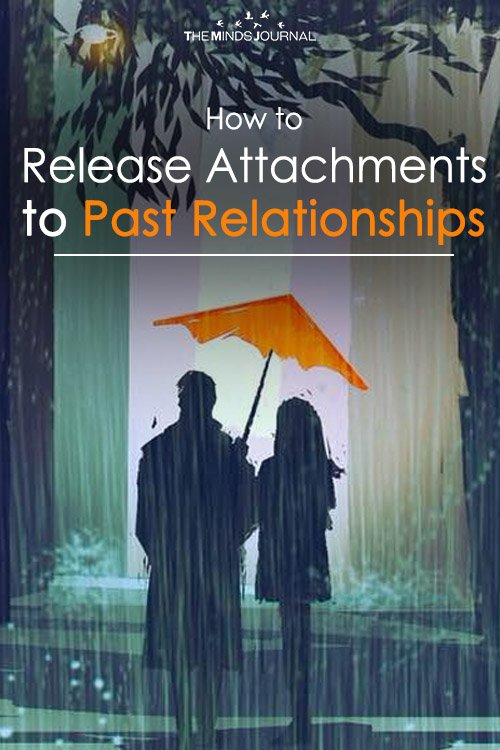


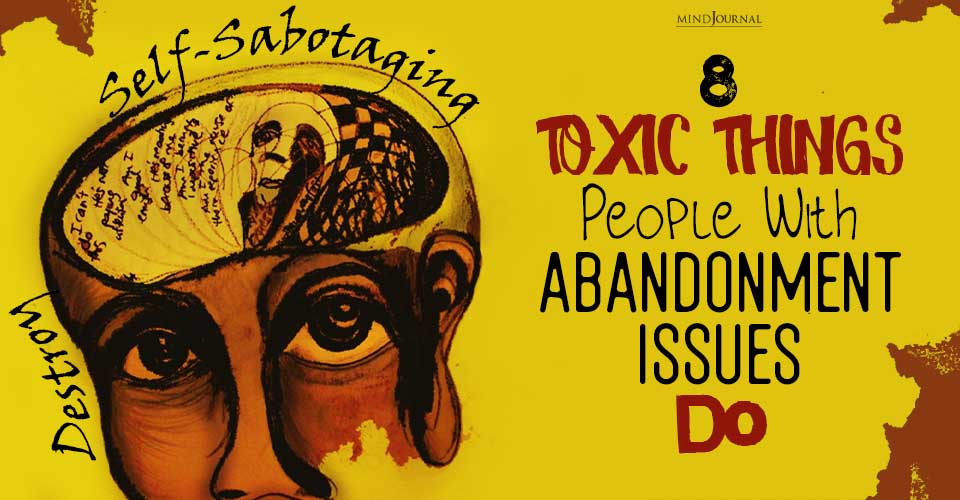
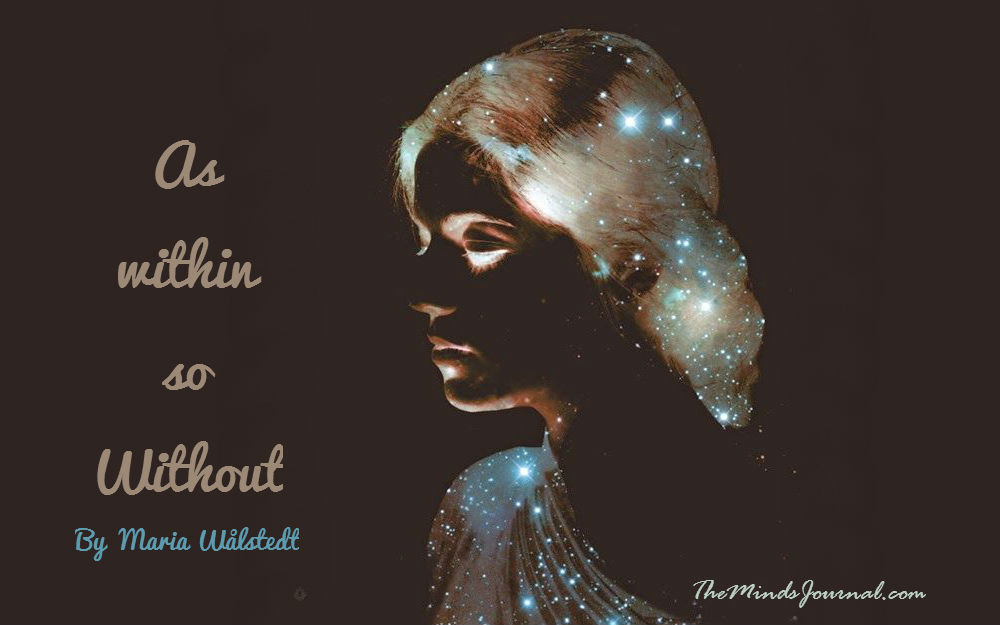
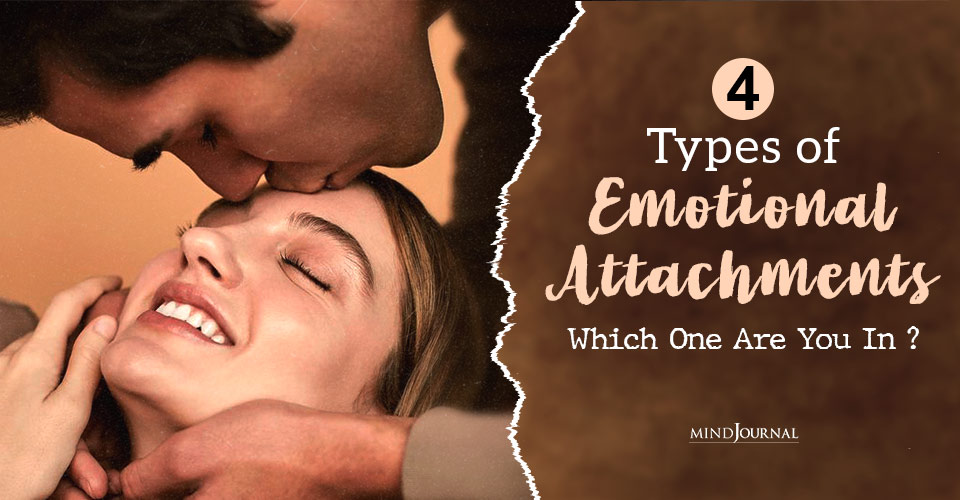


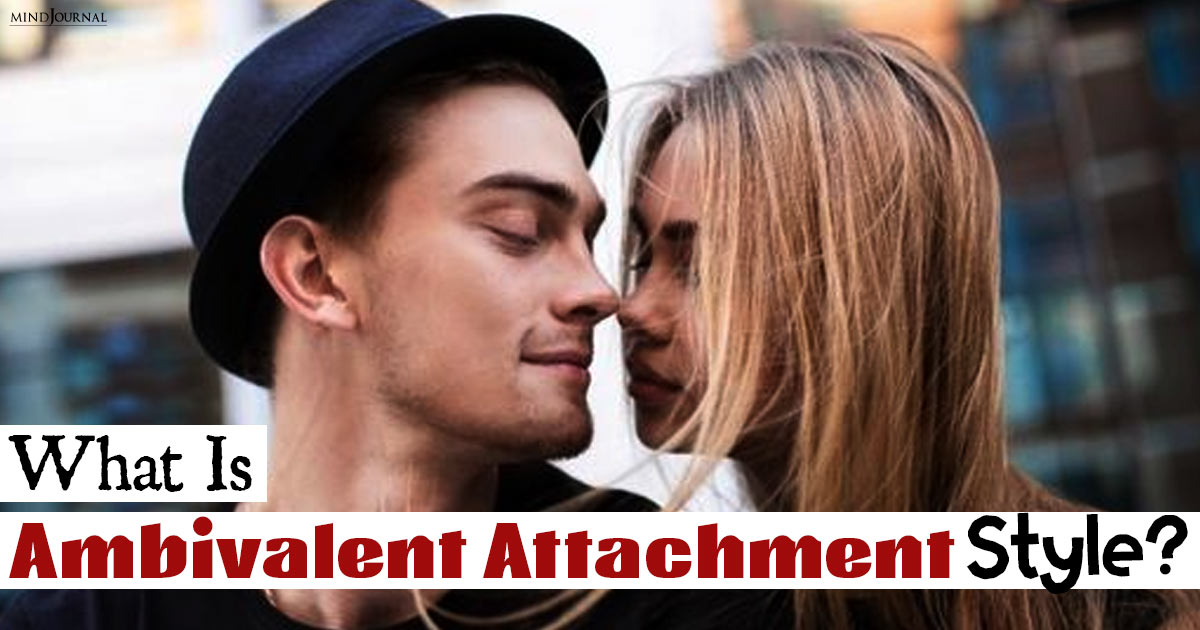
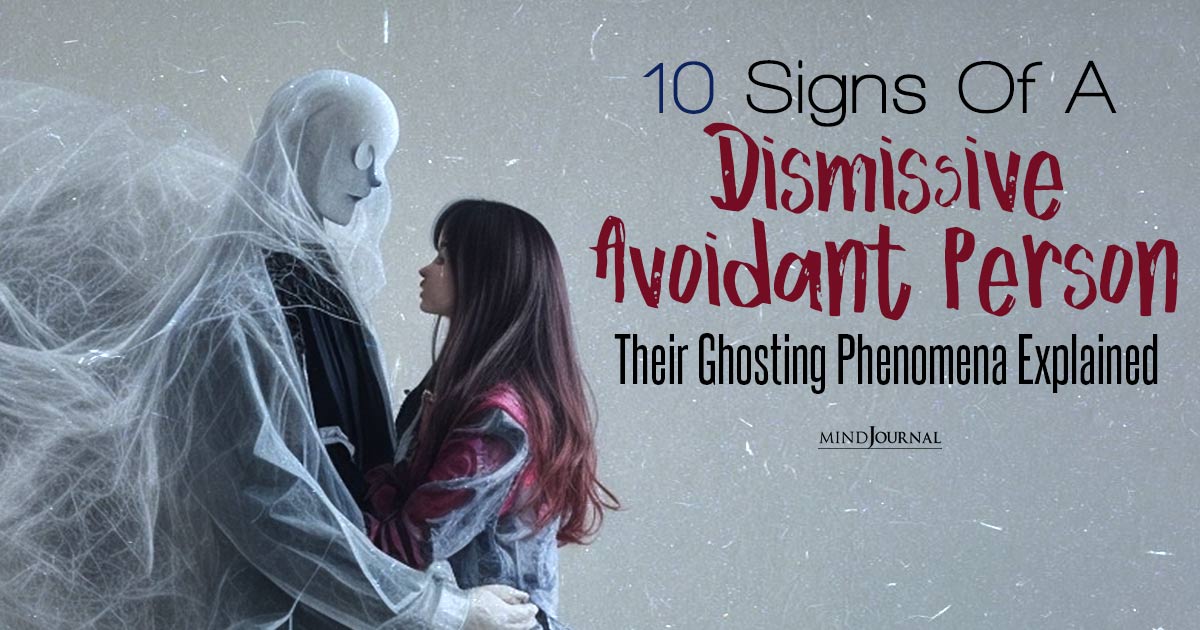
Leave a Reply